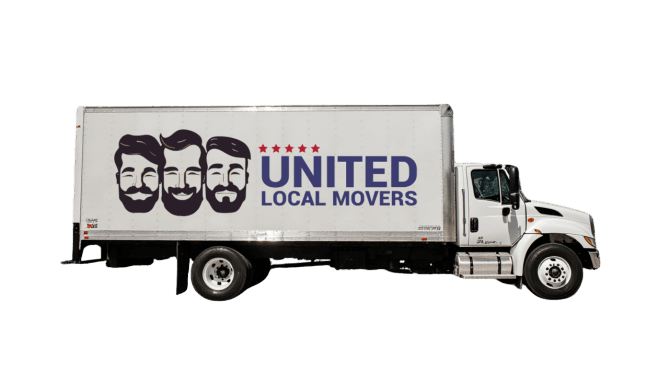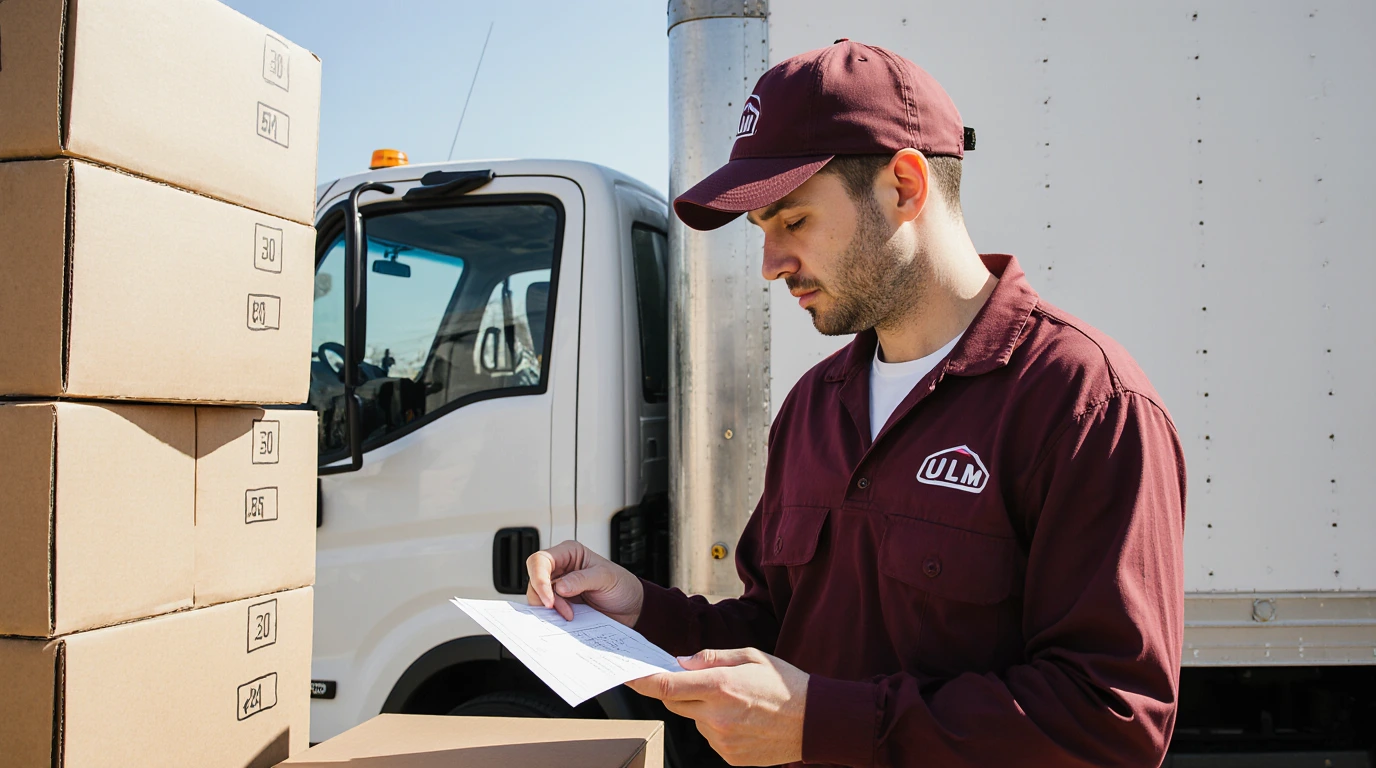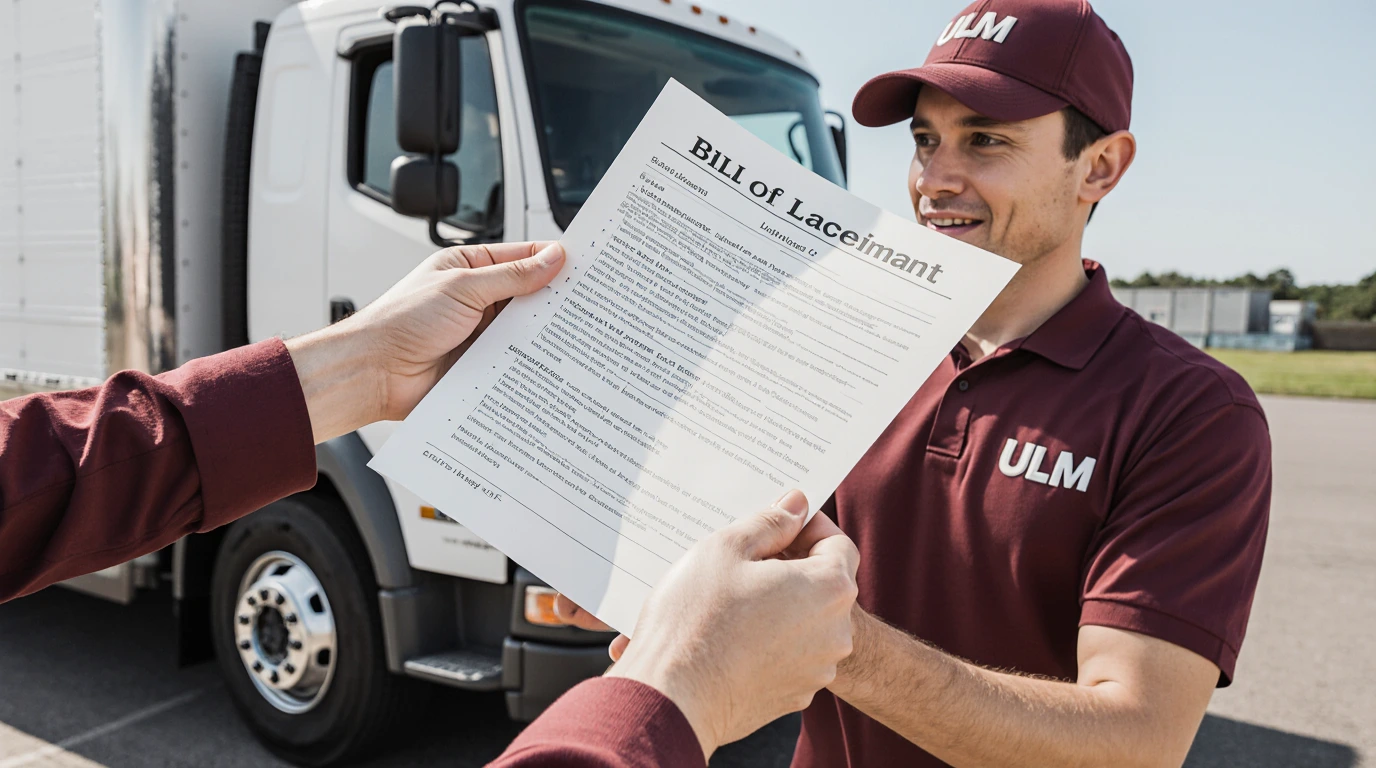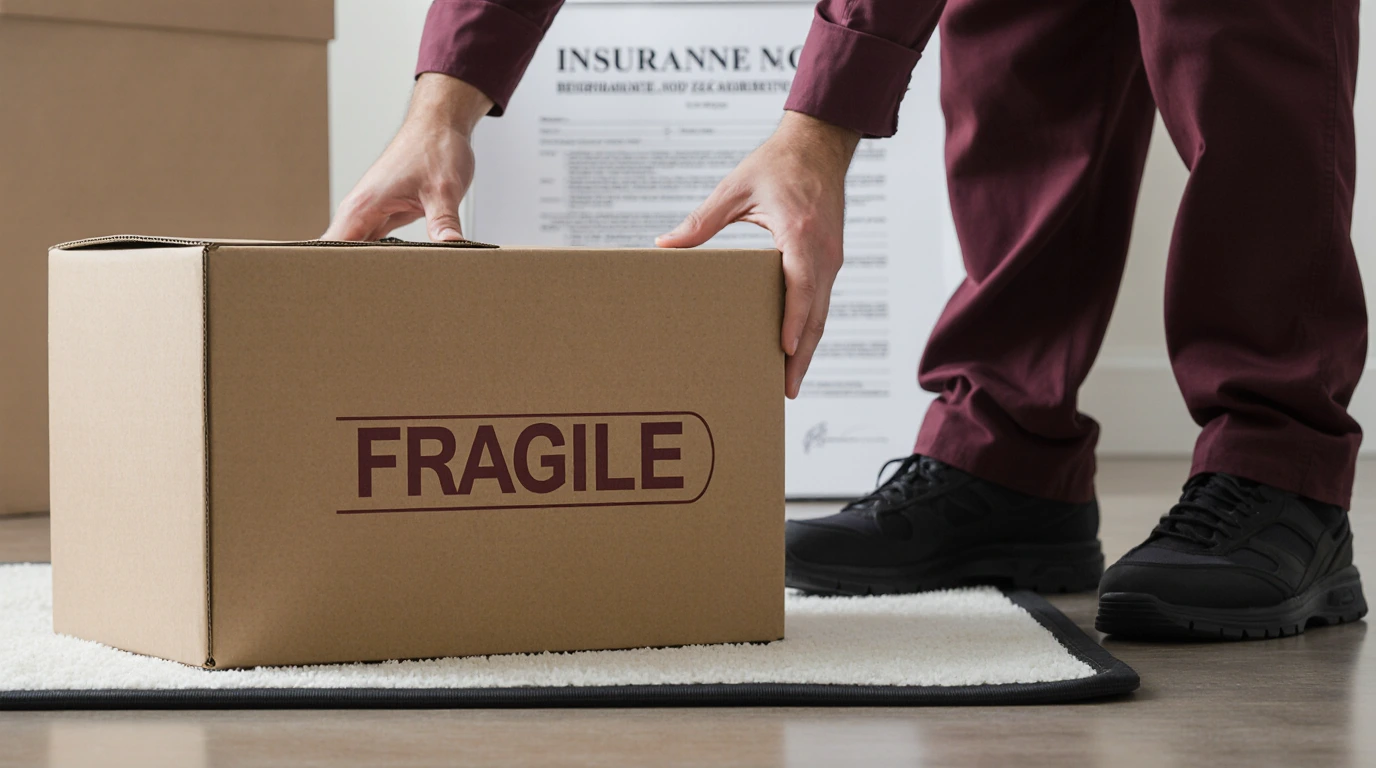When moving day arrives, one document matters more than anything else: the Bill of Lading. It’s not just another form to sign — it’s your official moving contract, your legal proof of service, and your strongest protection if something goes wrong. Unfortunately, many people sign it quickly without reading the fine print, leaving themselves vulnerable to surprises later.
In this article, we’ll break down exactly what the Bill of Lading includes, why it’s so important, and how to use it to protect your rights during a local or long-distance move.
Why the Bill of Lading Is So Important
The Bill of Lading (BOL) is a legally binding contract between you and the moving company. It spells out the details of your shipment, including what’s being moved, where it’s going, and under what terms. It’s required by the Federal Motor Carrier Safety Administration (FMCSA) for all interstate household goods moves.
Think of it as the backbone of your move. Every service performed — and every right or responsibility — ties back to this document. If a dispute arises, the BOL is the first thing both sides refer to.
What Information the Bill of Lading Includes
A proper Bill of Lading contains a detailed breakdown of your move. It’s not just a receipt; it’s a complete record of the transaction. While formats vary slightly between companies, most BOLs include the following:
- Names and contact information: Both the customer and the moving company, including USDOT and MC numbers.
- Origin and destination addresses: Exact pickup and delivery locations.
- Shipment inventory: A list of items or reference to the detailed inventory sheet.
- Agreed services: Packing, loading, transportation, storage, and unloading.
- Dates: Pickup date and estimated delivery window.
- Payment terms: Total cost, deposit, balance due, and accepted payment methods.
- Valuation coverage: Released or full value protection, and declared value of goods.
- Liability clauses: The mover’s responsibilities and the customer’s responsibilities.
- Signatures: Both parties must sign to make it legally binding.
If anything on your BOL is incomplete or unclear, ask for clarification before signing. Once it’s signed, it becomes enforceable.
The Legal Function of the BOL
The Bill of Lading serves three legal functions:
- Receipt: It acknowledges the mover received your belongings.
- Contract: It’s the binding agreement that governs your move.
- Title document: It proves ownership of the goods being shipped.
This means the BOL is the legal reference point if your shipment is delayed, damaged, or disputed. Without it, filing claims or enforcing terms becomes extremely difficult.
How the BOL Protects You
Many customers don’t realize that the Bill of Lading is designed to protect both the mover and the customer. It sets clear expectations for:
- Pickup and delivery responsibilities
- Service levels and pricing
- Valuation and liability coverage
- Claims procedures
- Communication timelines
If there’s a disagreement about cost, delivery dates, or damaged items, the BOL acts as the legal evidence to resolve the issue. Without this document, it’s your word against theirs.
Inventory and BOL: How They Work Together
The BOL often references a separate inventory sheet — a detailed list of every item being moved. The inventory serves as proof of what was loaded on the truck and its condition at the time of pickup.
- Before loading: Each item is tagged with a numbered sticker and logged.
- During delivery: Each tag is checked off as it’s unloaded.
- Condition notes: Any damage or pre-existing marks should be recorded before pickup.
This inventory is critical for insurance and claims. If an item is missing or damaged, the BOL and inventory work together to establish responsibility and determine compensation.
Valuation and Liability Clauses on the BOL
Your BOL will include a section where you select your level of valuation coverage — either Released Value ($0.60 per pound) or Full Value Protection. This section is legally required for interstate moves. If it’s blank or unclear, do not sign until it’s corrected.
Why this matters:
- It determines how much you’ll be compensated if something goes wrong.
- It ensures the mover can’t later claim you accepted minimal coverage without consent.
- It makes the claims process faster and clearer.
Payment Terms and Delivery Commitments
The Bill of Lading outlines exactly what you’ll pay, when you’ll pay it, and how. It also sets expectations for delivery windows, including your First Available Delivery Date (FADD) and estimated transit time.
- Deposit and balance: How much is due at pickup vs delivery.
- Accepted methods: Card, cash, certified check, etc.
- Late delivery: Terms for per diem or compensation if the mover misses the window.
Never sign a BOL that has blank spaces or vague language around payment. Clarity here protects you from hidden charges and disputes later.
Changes and Revised Estimates
If something changes mid-move — such as adding furniture, extra stops, or new delivery instructions — the mover must issue a Revised Written Estimate and attach it to the BOL. This ensures:
- All changes are documented in writing
- You agree to new charges before services are performed
- No surprise billing at delivery
Rogue movers often avoid issuing revised paperwork, which can lead to disputes. Always insist on written updates if your move details change.
How to Read the Fine Print
Most BOLs contain a section of legal language in small print — often skipped by customers. But it’s here that key details are spelled out, including:
- Claims deadlines and procedures
- Liability limits
- Arbitration or legal jurisdiction
- Force majeure clauses (unforeseen events)
Take five minutes to read this section carefully. Understanding your rights and responsibilities now can save you hours of stress later.
What to Do Before Signing the Bill of Lading
Before signing your BOL, make sure:
- All personal and company details are correct
- The inventory is complete and accurate
- Valuation coverage is selected and initialed
- Payment terms are clear and final
- No blank spaces are left on the form
Ask for a copy of the signed BOL immediately — preferably in both paper and digital format. This is your legal proof of agreement.
How the BOL Helps With Claims
If your shipment is damaged, delayed, or items are missing, your Bill of Lading is your strongest evidence when filing a claim. It establishes:
- What was agreed upon (scope of work)
- What was shipped (inventory list)
- What protection level was chosen (liability coverage)
- When the shipment was picked up and delivered
FMCSA requires movers to process claims based on this document. If your mover is legitimate, they will treat the BOL as binding and respond accordingly.
Turning Paperwork Into Protection
It’s easy to treat the Bill of Lading as just another form to sign on moving day — but it’s actually your best defense against scams, hidden fees, and misunderstandings. Read it carefully, ask questions, and don’t sign anything that feels unclear or incomplete.
With United Local Movers, your relocation becomes safer, faster, and stress-free. We provide clear, transparent Bills of Lading for every customer — so you always know exactly what to expect and what’s covered.





